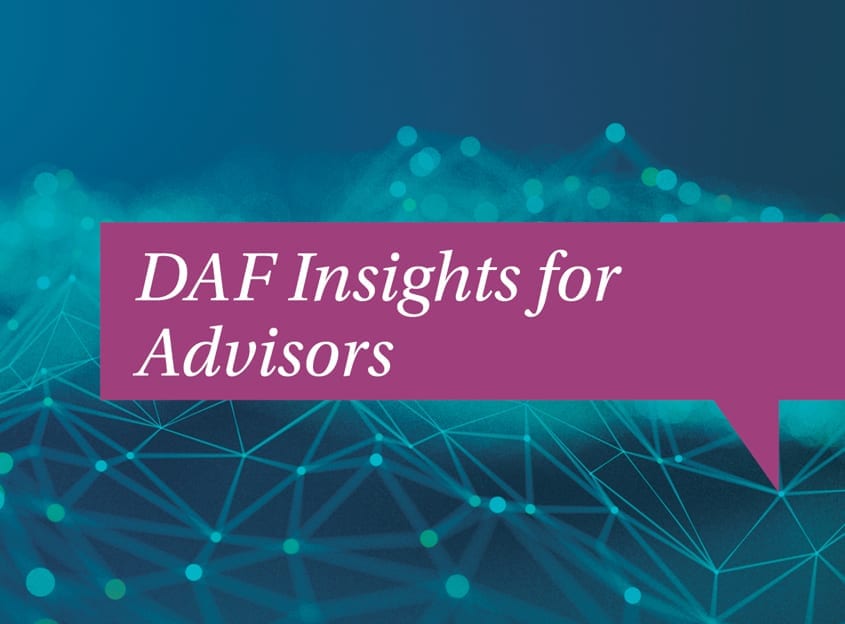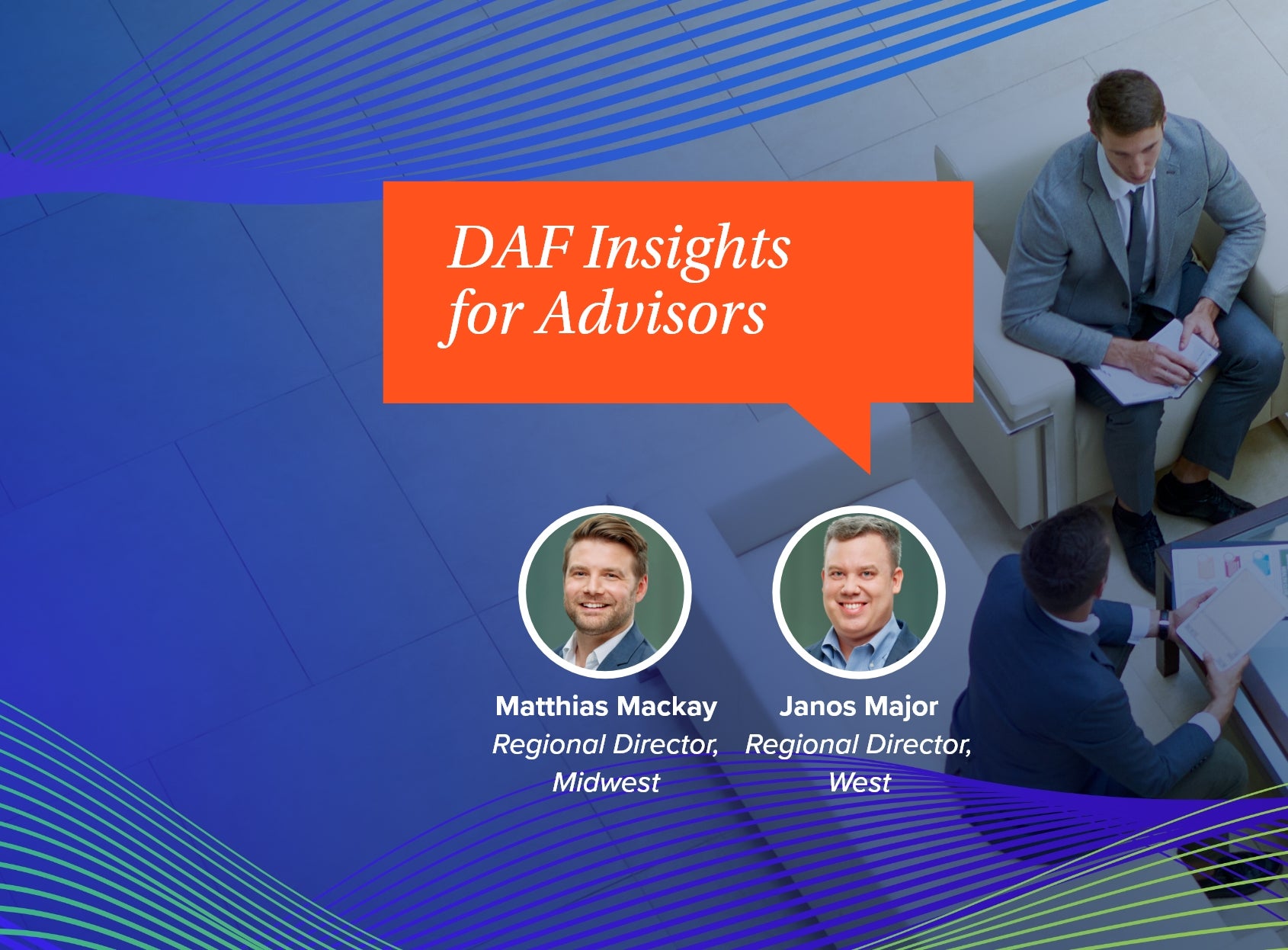Five Strategies to Help Clients Make the Most of Year-End Giving

December is a peak time for giving—with 30% of all charitable gifts landing during this single month. This makes it an ideal time to talk to your clients about their philanthropic vision. By starting the conversation about giving, you can help your clients have a greater impact on the causes dearest to them. That’s good for them, for the charities they support and for your client-advisor relationship.
As you begin, National Philanthropic Trust (NPT) is here to help. During this busy time of year, we have increased our staff size and extended our hours. Our staff is ready to answer your call, open new donor-advised fund accounts, accept contributions and review and process grant recommendations. Our Giving Season Central page keeps you abreast of deadlines for contributions of different assets and grant recommendations.
If your clients already have an NPT donor-advised fund (DAF) or are considering establishing one, here are some of the year-end giving strategies a DAF can offer them.
1. Giving appreciated assets instead of cash. With a DAF, it’s easy for your clients to contribute shares of stock, mutual funds or bonds. What’s more, if they contribute securities that they have held for more than one year, they generally avoid paying capital gains taxes and can deduct up to the full fair market value of the gift. A DAF can also streamline the giving process. Instead of making multiple gifts of stock to different charities, donors can make one gift and then recommend cash grants to individual charities over time.
2. Contributing complex assets. DAFs aren’t limited to publicly traded securities. Your clients can give closely held business interests, restricted stock, private equity and other complex assets. These types of assets often have a relatively low cost basis. If the asset were sold and then donated to charity, the owner could owe substantial capital gains taxes, reducing the amount available to donate. By contributing it to a DAF, your clients can deduct up to the full fair market value of the gift, eliminate capital gains and have more to give to the causes they care about.
3. Contributing now—giving later. DAFs are especially useful when your clients seek to lower a tax liability due to a major financial event. For instance, if your clients receive a substantial year-end bonus, they can contribute to a DAF now and receive an immediate tax deduction. However, they can use the funds to recommend grants to charitable recipients over time.
4. Bundling contributions. With a DAF, your clients can give more in a year they plan to itemize deductions. Let’s say that your client gives $10,000 to charity every year—an amount that would not qualify for an itemized charitable tax deduction under the new standard deduction limits. Instead, the client can contribute two years’ worth of gifts to a DAF this year and claim a $20,000 charitable deduction. However, she can then recommend $10,000 in grants both years, keeping her giving pattern consistent.
5. Investing for impact. Clients with DAFs can recommend an investment strategy from NPT’s investment choices. This year, NPT has deepened our commitment to impact investing by introducing four new thematic impact portfolios. With this offering, your clients can align their charitable goals with their investment strategy. For advisors, it is another opportunity to discuss your clients’ values—and signal your commitment to helping them attain not only their financial but also their philanthropic goals.
For more information on how you can use a DAF to support your clients’ charitable mission in a tax-advantaged way, please call NPT at (888) 878-7900 or email us at npt@nptrust.org.
NPT does not provide legal or tax advice. This blog post is for informational purposes only and is not intended to be, and shall not be relied upon as, legal or tax advice. The applicability of information contained here may vary depending on individual circumstances.
To download a PDF of this blog post, click below:


